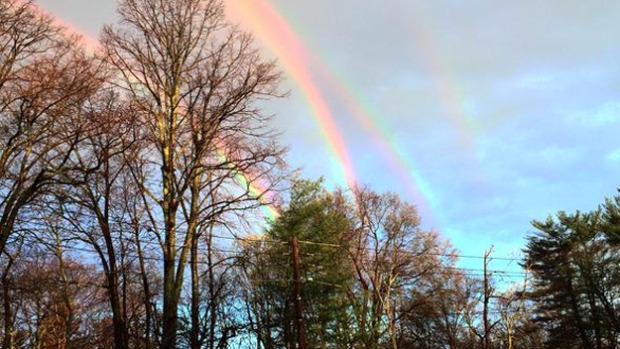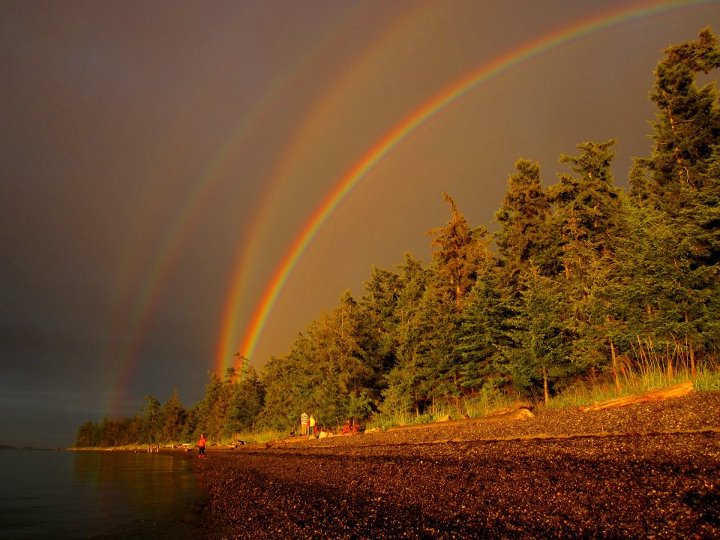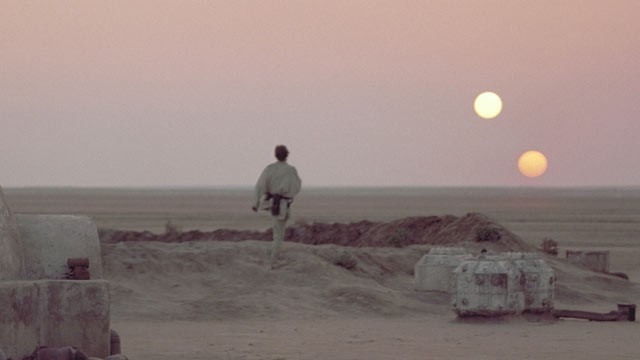The media has been buzzing about an unusual photo taken on Long Island this morning, from a commuter train at the Glen Cove station, of what appeared to be a quadruple rainbow. Being a meteorologist and having a website that answers questions like “What Causes Rainbows?”, I have more than a passing interest in this.
I’ll admit, I had never seen such a thing before, captured by Amanda Curtis and posted on Twitter:

While at first I figured this was a hoax of some sort, there were multiple reports and photos of this event, and I found even more photos (but not many) on the internet of similar quadruple rainbows, e.g. this one from Reddit.com:

Now, most people have seen double rainbows, which are basically concentric segments of two halos opposite the sun, when the sun is low in the sky, created by refraction of sunlight through raindrops.
What is unique about these sightings is that there are TWO sets of double halos…but with different centers, which means (in effect) from “two suns”.
So, what could cause this? Well, the two suns on Tatooine from the original Star Wars movie would do it:

OR…it can be caused by reflection of the sun off a water body providing a second “sun”, which then provides the additional point source of light for the second set of rainbows.
Note that the two examples above were close to water bodies (Long Island in the first photo, and then the unknown coastal location in the second).
I did a quick search online and could not find a similar explanation, but it is the only immediately obvious one that I can envision. Maybe readers here have more information.

 Home/Blog
Home/Blog



